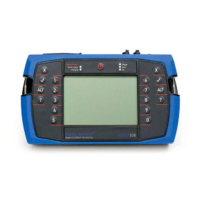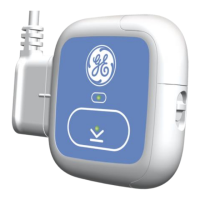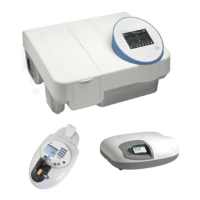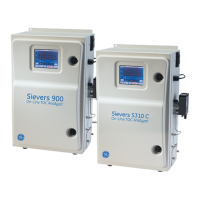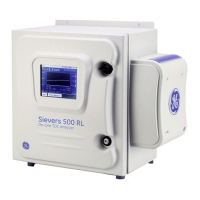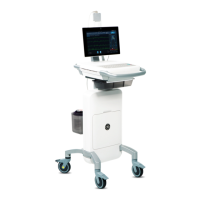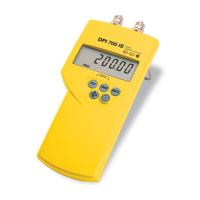Section 11 — Balancing Rotors
216
Balancing Tips
Here are some tips for balancing a rotor:
• Before performing a balance job, clean the rotor by removing
any dirt or loose-hanging material (e.g. rust, flaking paint). If the
debris later falls off, this may affect the balancing results.
• Ensure any weight(s) you add will NOT come loose at the normal
rotor speed or obstruct machine motion. If possible, manually
rotate the rotor to ensure the weight does NOT clash with any
part of the machine. Keep in mind that the rotor's center line
may shift when it operates at its normal speed.
• Ensure the weight of any mechanism used to hold the
correction weights in place is included as part of the correction
weight. If you are welding on the weight, ensure the weight of
the flux is NOT included (scrape the flux off before weighing the
electrode).
• Ensure the shape of the correction weight does NOT cause it to
become a dirt trap. Dirt accumulated on the weight can cause
rotor imbalance.
• It is important to attach the correction weight(s) at the same
radial distance as the trial weight.
EG: If the trial weight was attached 2 mm/inches from the center
of the rotor, the correction weight must also be attached 2
mm/inches from the center of the rotor.
Tachometer
The tachometer provides your instrument with information regarding
the rotational speed of a rotor and the angle at which the rotor is
vibrating. The angle is measured from a fixed reference mark on the
rotor. It is called the phase angle. To balance a rotor, you must consider
the amplitude of vibration and the phase angle. The amplitude shows
the severity of the imbalance. The phase angle indicates the geometry of
the imbalance (i.e. the location of the heavy spot).
MORE: See Set up Tachometer to learn how to set up the
tachometer to measure phase angles.

